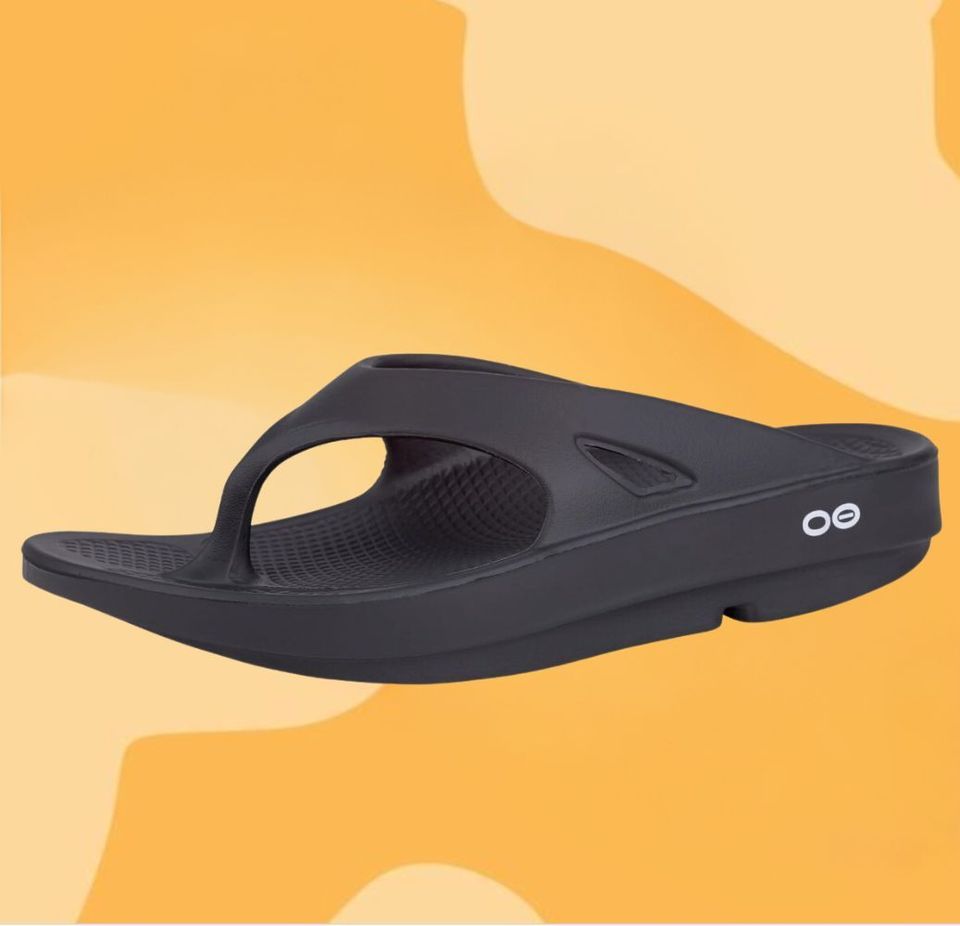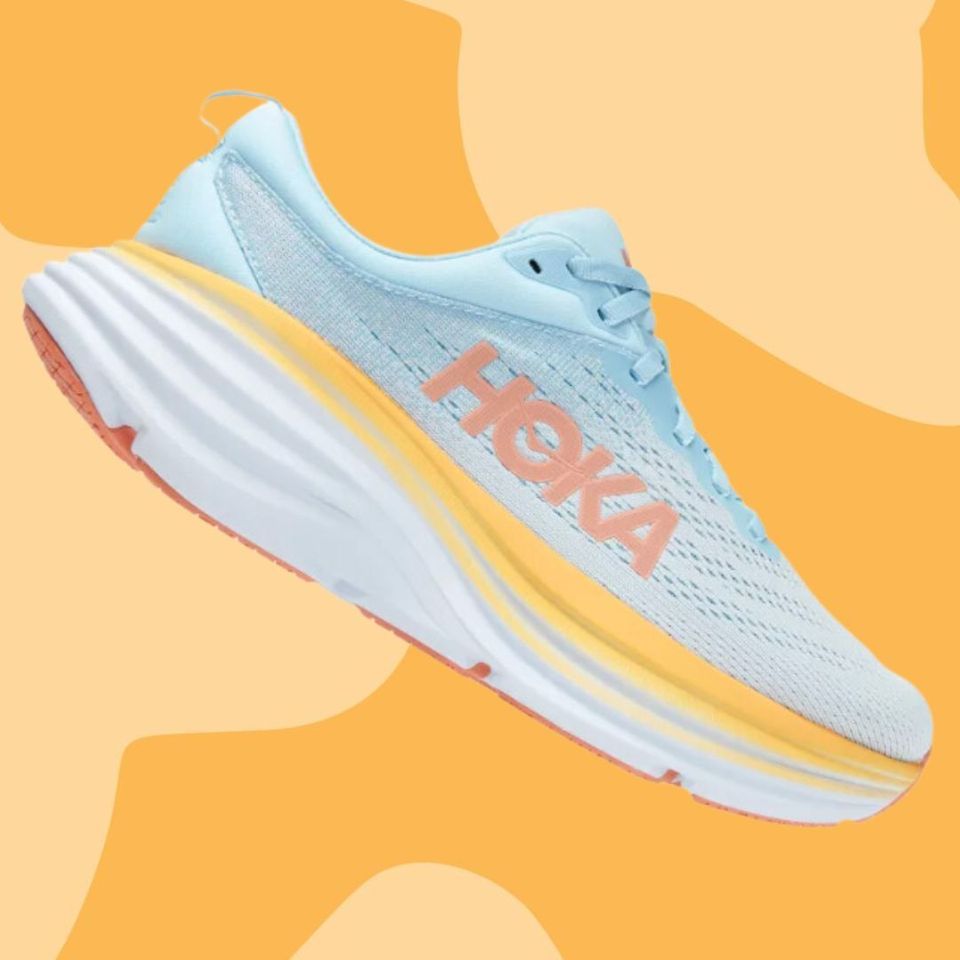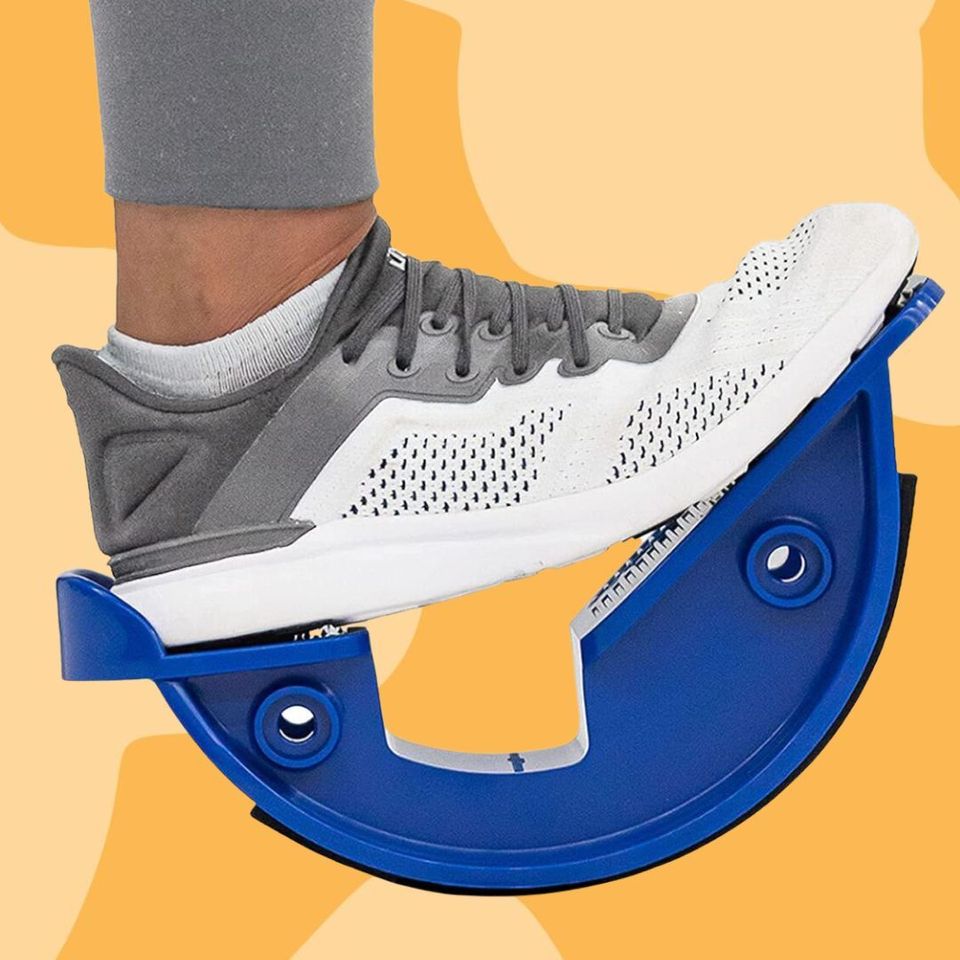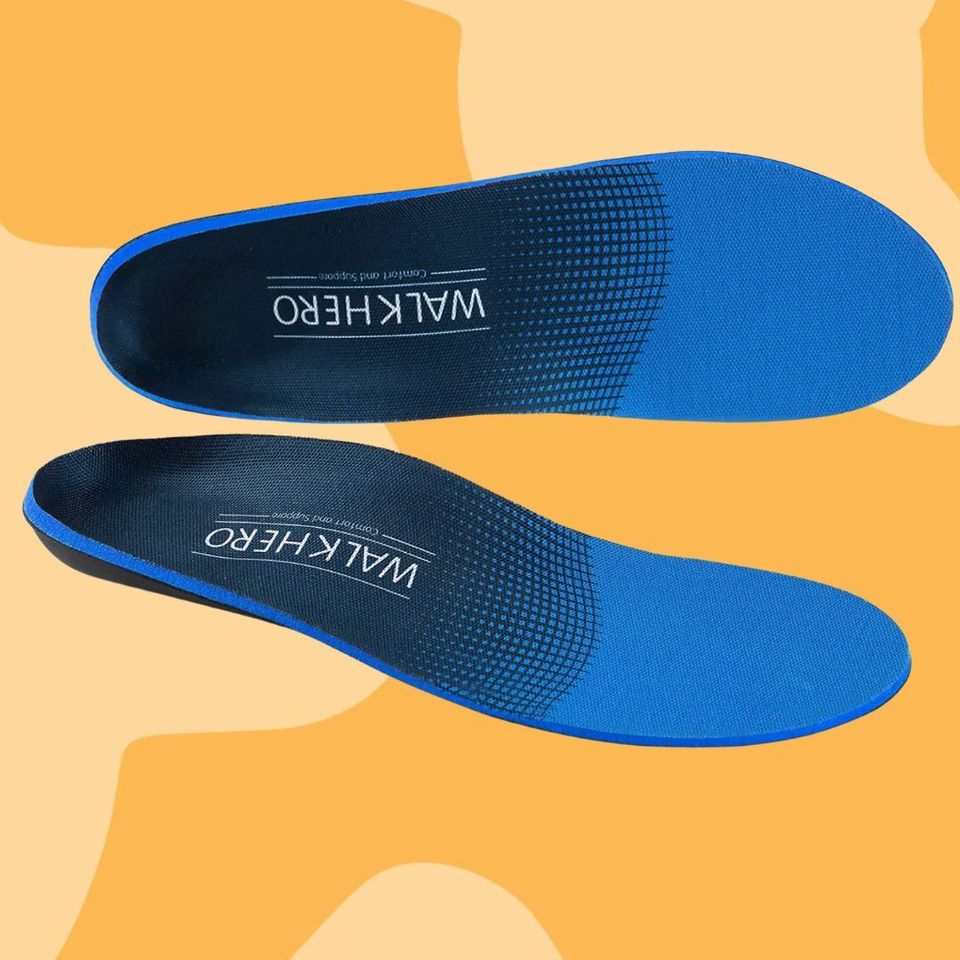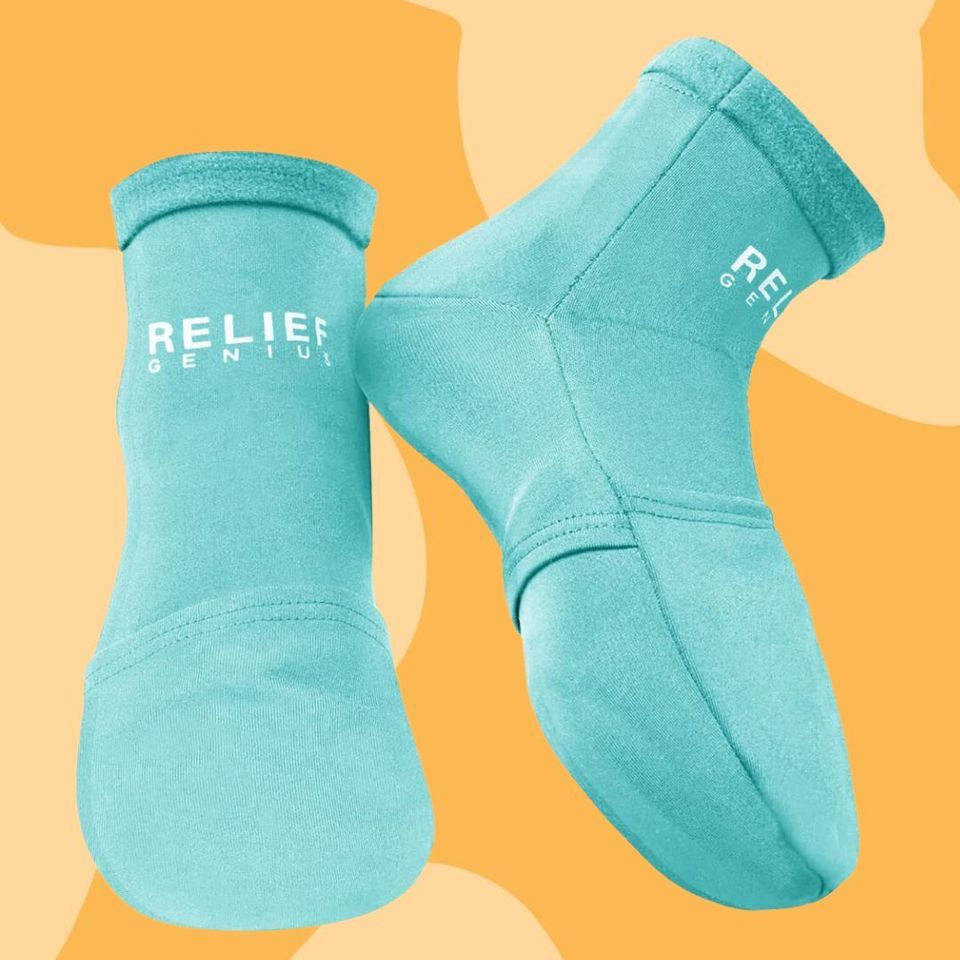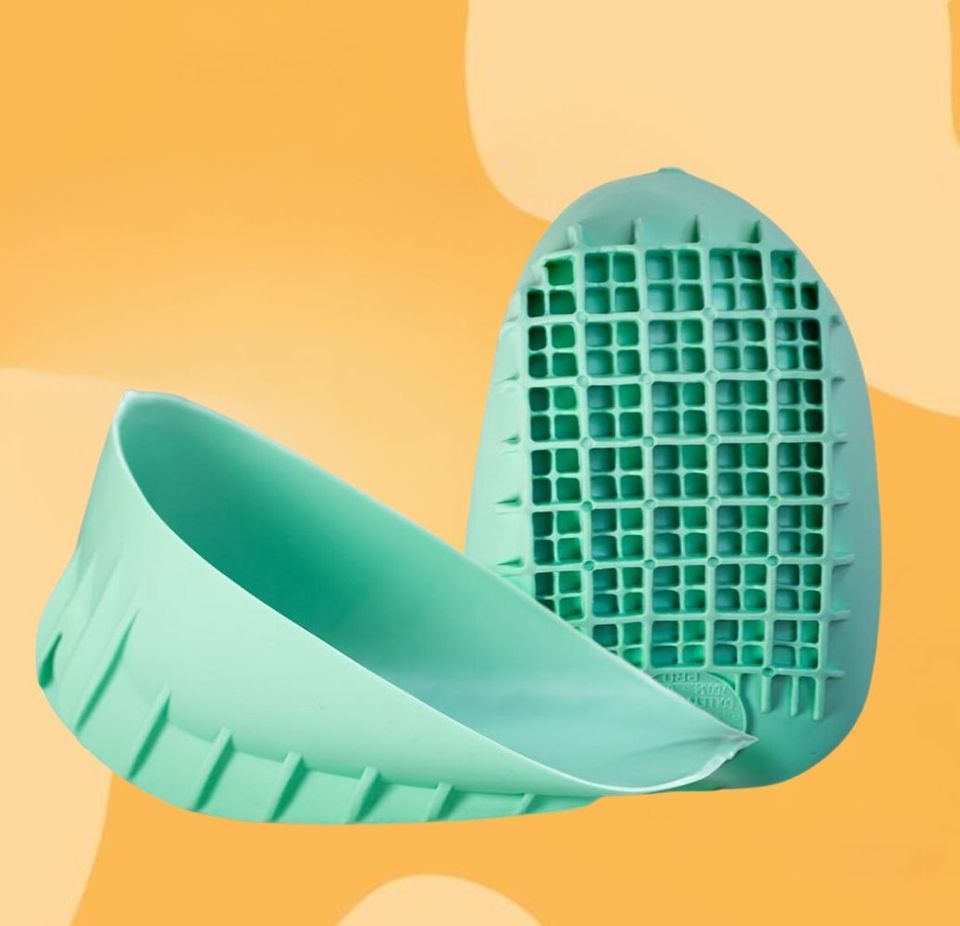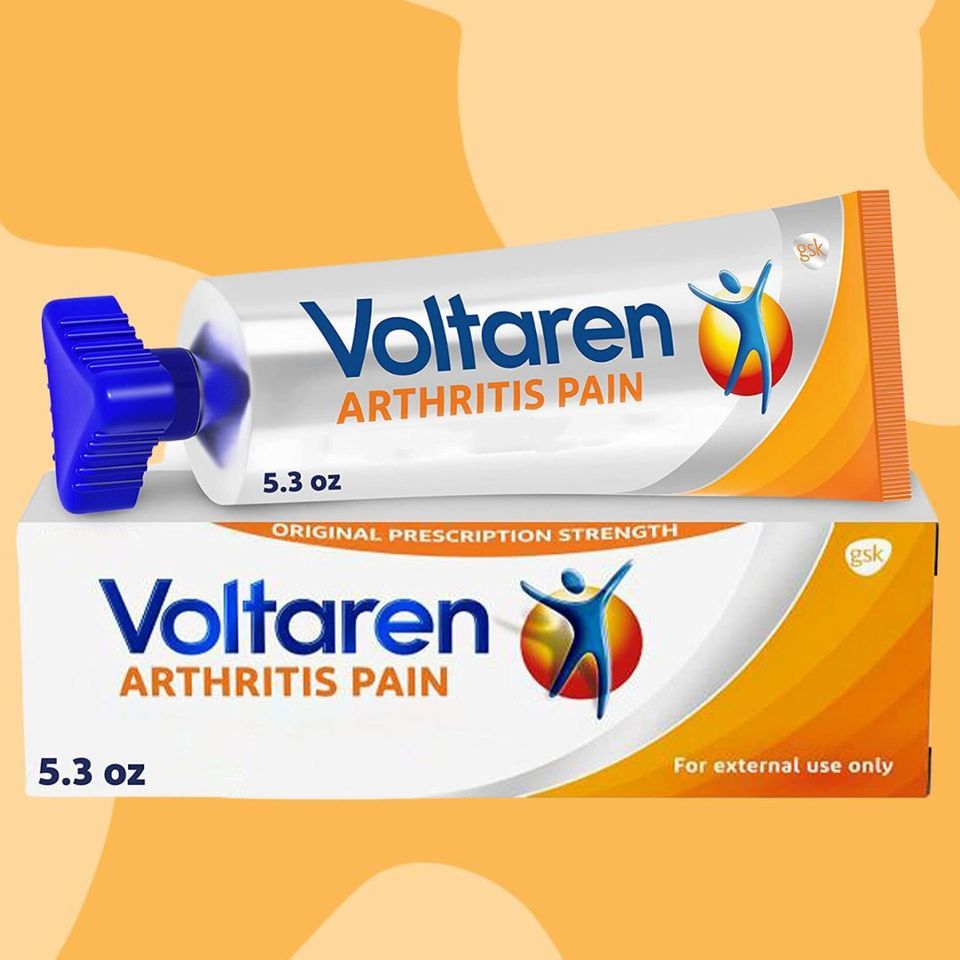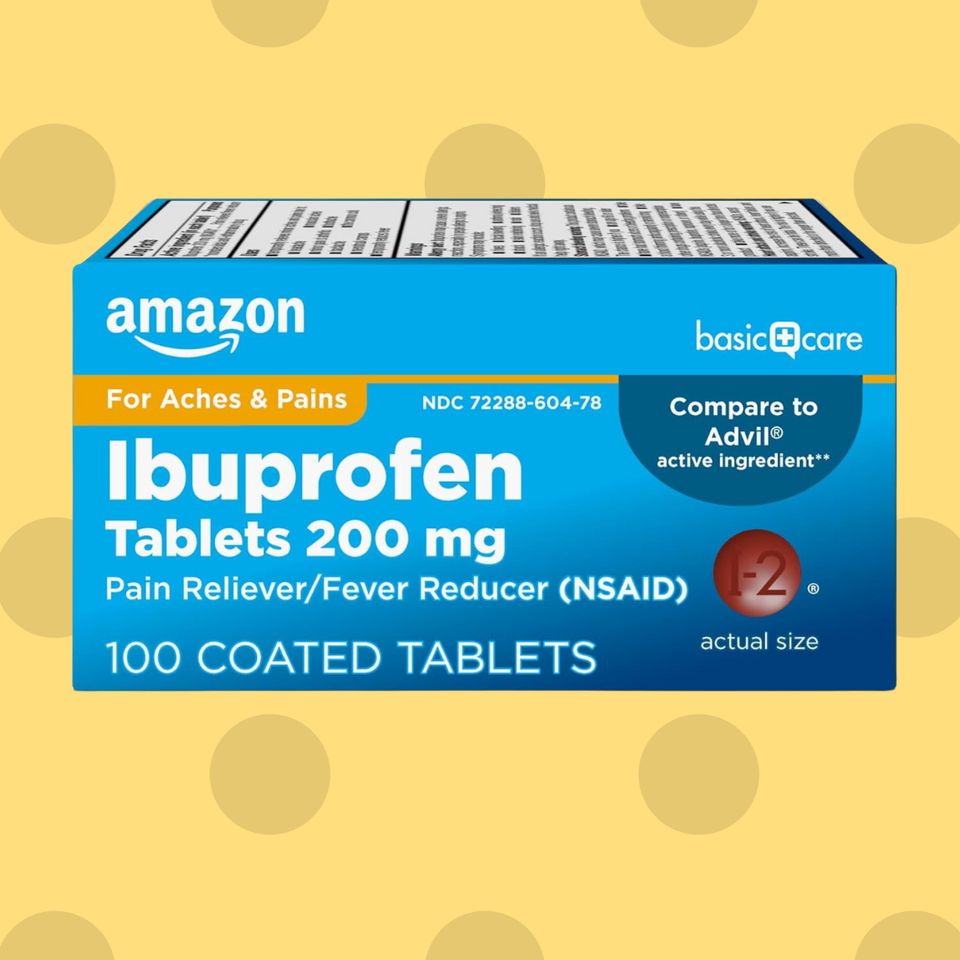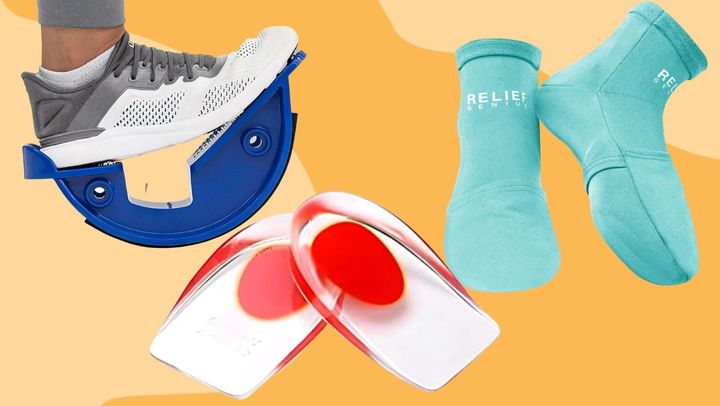
The symptoms associated with plantar fasciitis can really interfere in your day-to-day life. It’s also one of the most common types of heel and foot pain, according to Michael J. Trepal, professor of surgical sciences and academic dean at the New York College of Podiatric Medicine.
Often accompanied by a stabbing or sharp shooting pain centered around the bottom of the foot, plantar fasciitis is an inflammatory, and in many cases, degenerative condition affecting the broad thick ligament on the bottom of the foot which helps to hold up the arch, Trepal told HuffPost.
“Plantar fasciitis is caused by tearing of this fascia from either the tightness of this posterior complex beginning to tear and or the torque of the foot mechanics,” explained podiatrist Louis J. DeCaro, president of the American College of Foot and Ankle Pediatrics.
He added that some foot types are more prone to putting pressure or twisting the fascia than others, and suggested learning about your own specific foot type in order to determine the most effective way to treat your pain.
Fortunately, DeCaro and Trepal said that plantar fasciitis can go away on its own, rarely requires surgical intervention and can be effectively managed with over-the-counter aids. However, both experts cautioned that if pain persists for more than a few weeks, you should seek professional advice; there’s a chance you might need physical therapy or other guidance for the issue.
Below, we laid out some of the products suggested by DeCaro and Trepal, plus their recommendations for how to integrate them in order to best manage plantar fasciitis pain.
HuffPost may receive a share from purchases made via links on this page. Every item is independently selected by the HuffPost Shopping team. Prices and availability are subject to change. The experts we consulted for this story do not necessarily endorse the products ahead unless otherwise noted.
Dr. Mark Mendeszoon, a multi-board certified podiatrist and expert in sports medicine and footwear expert, previously spoke to HuffPost about the benefits of recovery shoes for conditions like plantar fasciitis, and on Oofos recovery shoes in particular.
These popular shoes — which has received the APMA seal of acceptance for products that are deemed beneficial for foot health — uses a proprietary footbed and foam material in the construction of their footwear that’s designed to absorb shock, reduce strain on joints and assist with active recovery. It’s a technology that the brand claims absorbs 37% more impact than traditional footwear foam materials.
“Oofos is a brand of recovery shoes that has really focused on the science of foot and ankle by mechanics. They found their niche with materials to help with people with foot issues,” Mendeszoon said, adding that it’s one of the two top brands that he personally recommends to his own patients.
Wearing shoes or sneakers that support the arch of the foot can be helpful, said Michael J. Trepal, professor of surgical sciences at the New York College of Podiatric Medicine. The American Podiatric Medical Association offers a list of footwear and products that have the APMA seal of approval for having been found to be beneficial to foot health.
One option on the APMA’s approved list are these everyday walking and running shoes by Hoka that promise an ultra-cushioned and "billowed" foot bed with a neutral level of support for the arch. They are available in 17 color combinations, in both regular and wide options and in sizes 5-12 for women and 7-16 for men.
According to podiatrist Louis J. DeCaro, "the best a [person] can really do is stretch the posterior column which runs from the hamstring down to the calf, to the Achilles and through the bottom of the foot to connect to the plantar fascia."
DeCaro teaches his patients heel inversion stretches, which he said should be done "prior to all activities that involve running or long walks and should be done with the foot as neutral as possible."
Although you don't need a device for the heel inversion or posterior column stretches that DeCaro refers to, many Amazon reviewers claim that this rocking foot stretcher has made "a world of difference" in treating their plantar fasciitis pain. It has also received the APMA seal of approval. The rocker design holds the foot in the optimal position for an accurate and efficient stretch and has slip-resistant pads to keep the stretcher in place while in use.
Trepal and DeCaro both said that arch support shoe inserts are worth trying, although in some cases custom orthotics might be necessary.
These highly-rated insoles use a high arch and deep heel cup to offer support and maintain correct foot positioning so that the heel is better protected from impact. The inserts are available in both men's and women's sizing.
Another remedy, according to DeCaro, is icing the feet, but only at night and only after your last step.
"One of the most common mistakes is icing the foot during the day. Ice contracts soft tissue and thus exposes it to more tearing. If you ice after your last step for 10-15 minutes, then not only do you quadruple the healing process during the night but you avoid walking and tearing contracted tissue," DeCaro said.
These therapy socks feature full-size freezable gel packs along the sole, top of the foot and behind the heel for all-over pain relief. One Amazon reviewer with plantar fasciitis said these socks are an easy and comfortable way to ice their feet.
Heel cushions placed inside shoes might make plantar symptoms more comfortable, Trepal said. We found these heavy duty cushioned heel cups that feature a shock-absorbing design using a multi-cell and multi-layer construction. You can find them in three sizes.
Trepal also recommended applying topical anti-inflammatory cream to help with pain management. Our pick: Voltaren, a highly rated anti-inflammatory gel that is a non-steroidal and hydrating formula that imparts a cooling sensation when applied. It can help reduce stiffness and aches and improve mobility.
Both DeCaro and Trepal said that short term use of oral painkillers such as ibuprofen or naproxen can be useful. These are non-steroidal medications that can help reduce inflammation. Individuals with certain bleeding disorders, stomach ulcers, kidney disease or asthma should talk to their doctor before taking NSAIDs.
